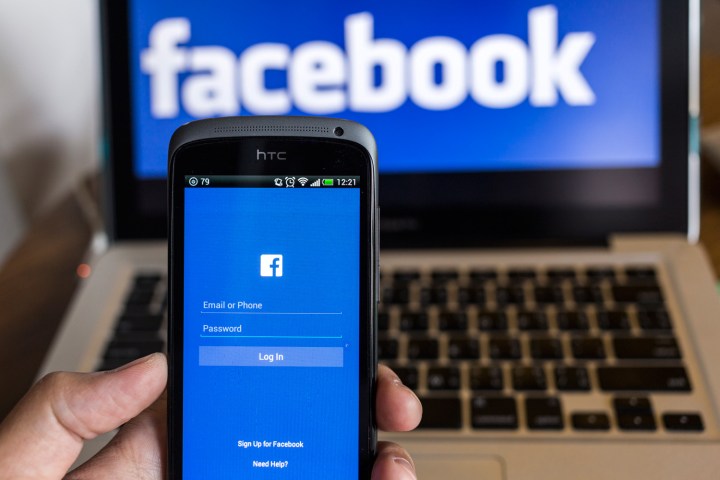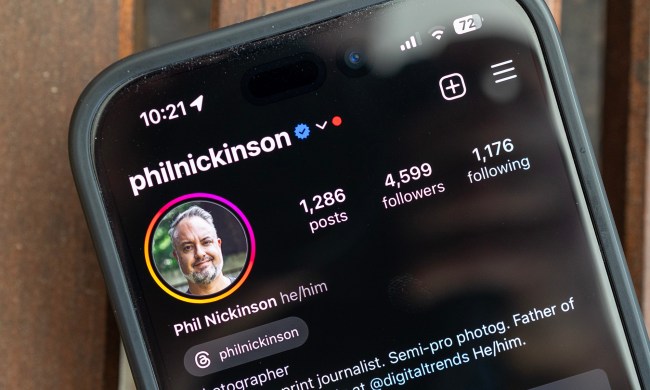
“2015 was a great year for Facebook. Our community continued to grow and our business is thriving,” said Facebook CEO Mark Zuckerberg, in a statement. “We continue to invest in better serving our community, building our business, and connecting the world.”
Mobile ads accounted for approximately 80 percent of all ad revenue for Q4 2015 ($5.84 billion), versus 69 percent a year prior ($3.85 billion). Revenue for all of 2015 was $17.93 billion, a 44-percent increase over 2014 ($12.47 billion), with a net income of $3.69 billion. Income from operations for all of 2015 was $6.23 billion, up from nearly $5 billion in 2014.
Facebook also recorded 1.59 billion monthly active users (MAUs) at the end of 2015, marking a 14-percent year-over-year increase. If there’s any doubt that mobile is pushing Facebook’s profits, consider that mobile MAUs were 1.44 billion, a 21-percent increase.
Based on the results, reports of a decline in Facebook usage are off-mark. While that may be the case on the desktop, Facebook’s growth, at the moment, is in mobile.
Earnings call comments and outlook
During Facebook’s earnings call, Zuckerberg said that “Q4 was a strong quarter and a great end to the year,” setting up a foundation for 2016. As Facebook prepares to celebrate its 12th birthday next week, he pointed to some of the company’s significant moments in 2015: more than 950 million used Safety Check to indicate they were safe during an emergency situation; 8 million used 35,000 pages and groups to help refugees; and Facebook became an important platform for everything from the new Star Wars movie to the presidential elections.
Seeing the global community connecting shows that there are “opportunities, as well as challenges,” Zuckerberg says, adding that there will be a greater fear among users as to what a connected world means to them, and addressing that fear will be Facebook’s mission in 2016 and beyond. Facebook will also improve user experiences and video. According to the company, 100 million hours of video are consumed each day. Facebook, says Zuckerberg, is exploring ways to create a channel dedicated for watching and discovering videos, which seems to hint at competition with YouTube. Other opportunity areas include groups and events; each month, 500 million Facebook users create and browse events and 1 billion use groups.
Naturally, a great user experience means more people are likely to use the service, and that presents an opportunity for greater advertising growth. Sheryl Sandberg, Facebook’s COO, says ad spending is growing in emerging markets, such as China, and, of course, in mobile. Mobile, which accounted for 80 percent of ad revenue, was only 20 percent three years ago – demonstrating the major shift from desktop. New ways of allowing businesses to engage with users, such as videos and through properties like Messenger, will be important, but Sandberg says Facebook is also encouraging advertisers to experiment with how ads are presented, to create better viewing experiences. But with 500 million users watching videos a day, the ad potential is large.
As for Instagram, which is rolling out more ads in front of users, Sandberg says the platform is attractive to advertisers. Users combine the art and science of the creative canvas that marketers are excited about, she says, and that 98 of the top 100 Facebook advertisers are also on Instagram. But Sandberg says Facebook will track the quality of ads and users’ engagement as it develops Instagram’s ad platform.
“First, you build a great consumer experience, then you can start to introduce organic ways people can interact with businesses,” Zuckerberg said. “Only then you can start dialing up advertising.”
Facebook will continue to add features to Messenger, the most successful app that’s tied to the Facebook experience. Zuckerberg said the apps that have done the best “are the ones that augment the core Facebook functionality for large subsets of the community. He added that more than 800 million now use the Messenger each month, and that Facebook will add new services connected to airlines and ways users can interact directly with businesses. As for WhatsApp, its other communication tool with 1 billion active users, it will be free and will no longer charge for a subscription. The two services will remain separate.
With mobile payments, Zuckerberg says Facebook will work with third-party systems that “take all friction out of transactions,” using Apple Pay as an example of a “neat innovation.” He said less friction and a better user experience allow users to better interact with businesses, and for Facebook, it can drive up what businesses are willing to pay to reach that user.
Following up on recent news about Reactions, the biggest development to Facebook’s core experience since the “like” button, it will roll out on every platform, starting in a few countries. Zuckerberg says the philosophy behind it is that when you only have the like button, the community is less willing to share sad content that isn’t appropriate with a thumbs-up. There are a few tweaks that need to be made, but it plans to “roll out pretty soon.”
Other projects we can expect to see in 2016 include the launch of its low-cost Express Wi-Fi service; the first flight of Aquila, its solar powered drone that beams laser for transferring data; and publishing research on image recognition and language understanding in artificial intelligence.
Since becoming a father, Zuckerberg said he had been reflecting a lot about the future while on paternity leave. “We can leave a better world for the next generation, and that is what I think about every day as we build Facebook.”
Oculus
Zuckerberg touched briefly on the Oculus Rift, which recently launched preorders. Later this year, Facebook will ship Oculus Touch controllers that enhance the virtual reality experience through intuitive hand movements and gestures, he said, reiterating his view that VR has the potential to change how people live and communicate.
“I don’t show much joy, but I’m happy,” Zuckerberg said. “We are very excited about [this] big area of investment.”
For the immediate future, Zuckerberg said gaming will be Oculus’ initial market, targeting the 250 million users who own Xbox, PlayStation, and Wii consoles. Dave Wehner, Facebook’s CFO, said it’s too early to predict how many they’ll sell.
Financial outlook for 2016
Despite the impressive earnings and positive outlook, Wehner warned that the strengthening U.S. dollar, foreign exchange headwinds, and global economic uncertainty could impact the company’s 2016 results. He said 2016 will continue to be an investment year for Facebook, and things like Oculus shipments, data centers in Texas and Ireland, and higher income tax payments need to be factored in, as well as financials concerning its WhatsApp acquisition.


